Whenever people think of Antarctica, the images of stunning icebergs, glaciers, and plenty of snow likely come to their minds. Additionally, whenever they imagine Antarctic life, it probably includes pictures of penguins, seals, skuas, and the krill that are found in the Southern Ocean.
However, many other fascinating discoveries have been made in Antarctica over the decades. Scientists are slowly unraveling one mystery at a time in a land that is full of extraordinary creatures.
Antarctic Feather Star
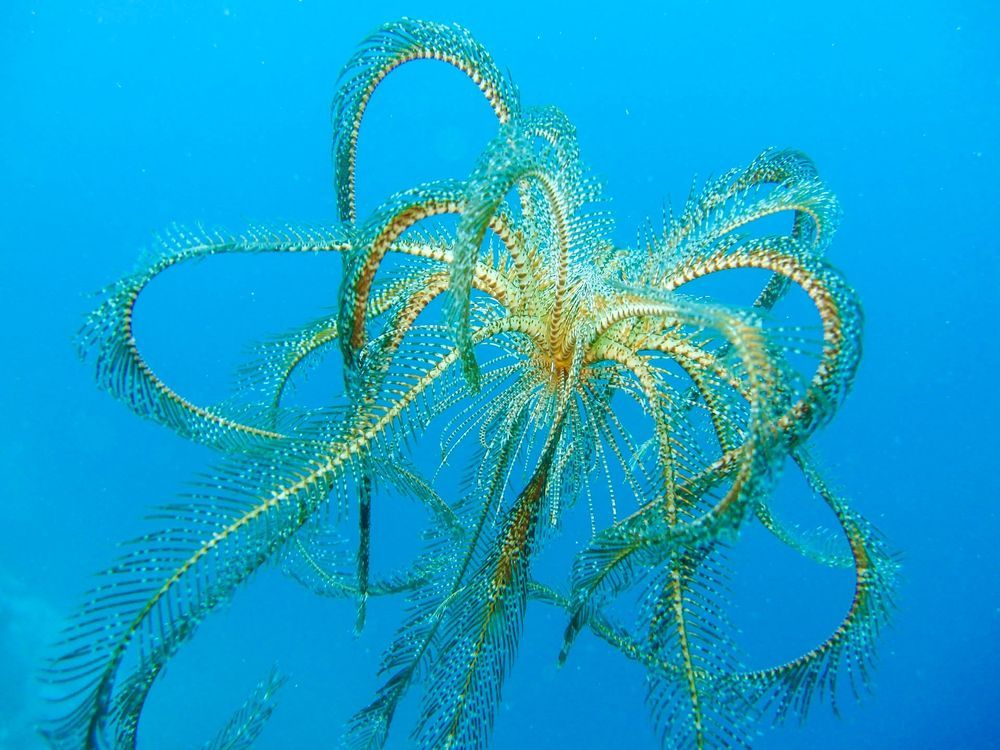
http://yourshot.nationalgeographic.com
This Antarctic feather star (aka Promachocrinus kerguelensis) is part of the Crinoid family. These animals live on the bottom of the Southern Ocean near the coast of the continent. Promachocrinus kerguelensis appears to be denser and more feathery than it really is. The creature’s 20 arms filter food from the water and help it to swim when it wants to settle in another area.
The Comb Jelly
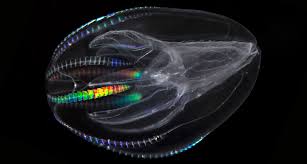
Comb jellies (aka ctenophores) are soft, transparent animals that use eight plates or comb rows of cilia to paddle through the waters off the coast of Antarctica. They are the largest creature known to swim this way. Whenever light strikes their paddles, they emit different colors, which give them a unique appearance. They are also bioluminescent, which produces a blue-green light. Comb jellies live mostly on the ocean surface, where it is more acidic and warmer due to higher levels of carbon dioxide, and they thrive on that.
The Hoff Crab
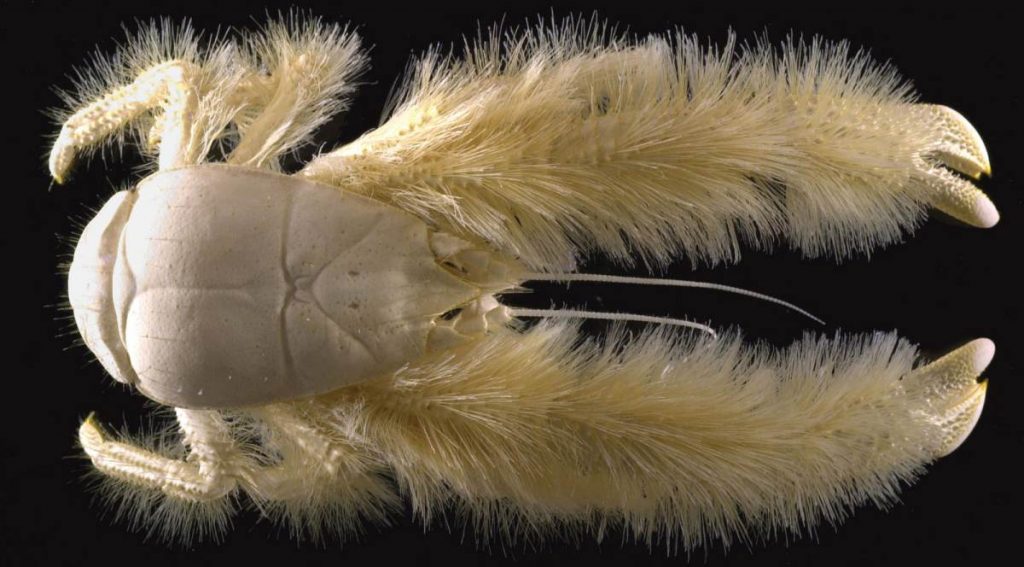
The Hoff crab, a hairy creature that lives on the seafloor, gets its moniker from resembling David Hasselhoff’s hairy chest. Hasselhoff was quite honored that a creature was nicknamed after his hairy chest. Later, the crab was given the scientific name of Kiwa tyleri. The animal was found on East Scotia Ridge in the Southern Ocean, where the waters are about 0 degrees Celsius (32 °F).The Hoff crab has a hairy appearance because the animal is covered in bacteria. The crab uses its comb like mouthparts to scrape off the bacteria and eat them for dinner.
Wandering Albatross
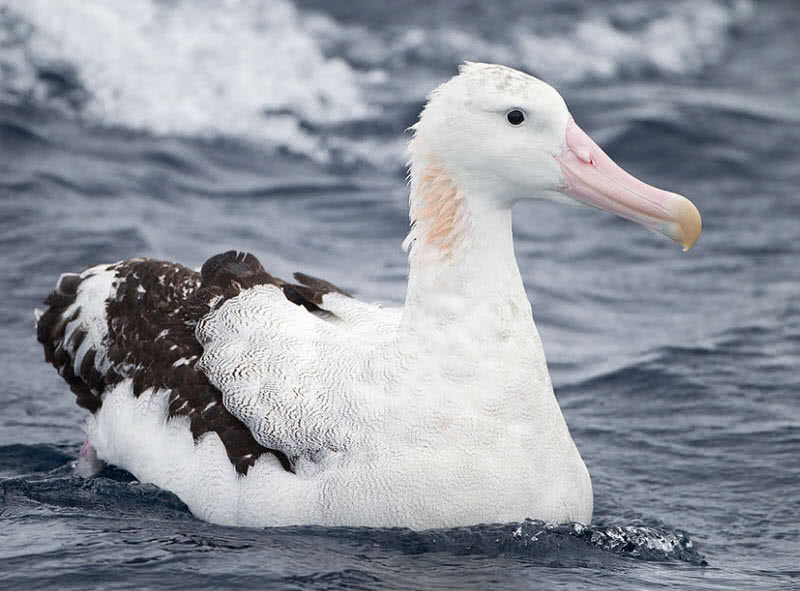
https://themysteriousworld.com/
Wandering albatross have largest wingspan of any living bird in the world, ranges between 2.5 to 3.5 meters. They are native to Southern Ocean region, also sound within Islands of Antarctica. Wandering albatross spend most of their lives in flying, found rarely in land, only at breeding period and usually lay only one egg and give so much of care for it. They feed on small fishes and cephalopods, also like to drink ocean water.
Crabeater Seal
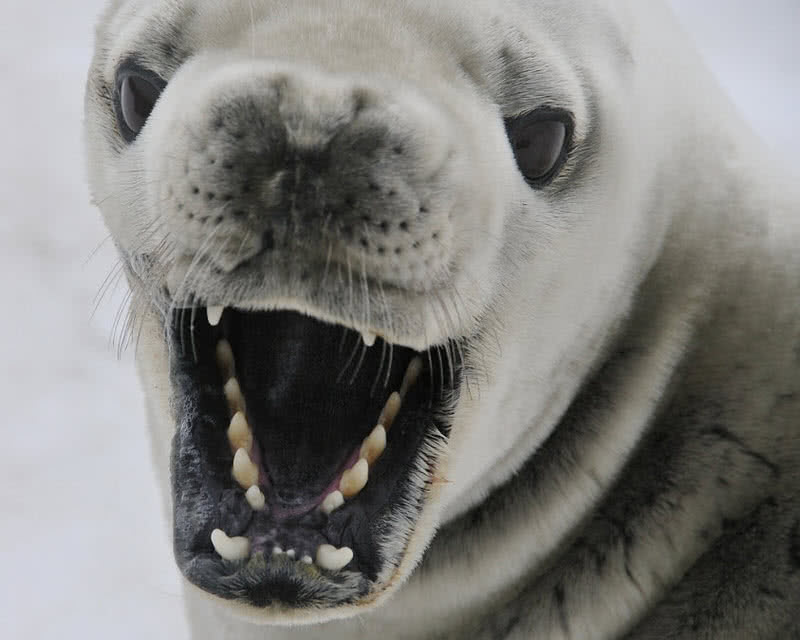
https://themysteriousworld.com/
Crabeater seal spend their lifespan on ice-packed zone of Antarctica. They are abundant species of seal in Southern ocean, have population of 15 million. They also used to breed on ice, female seal looking after for pub for long time. They usually feed on krill and are capable of making dive to the depth of 250 meters.
Ice Fish
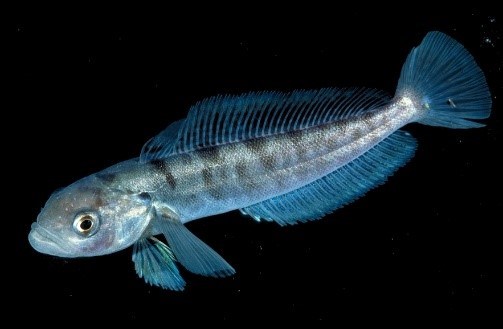
Ice fish are literally some of the coldest-blooded creatures you’ll find in the ocean. They’d have to be, if they wanted to survive in the Arctic. Ice fish have developed several special features that allow them to thrive in icy waters. Their body temperature is able to adapt to the temperature of the water, and remains very cold. In fact, if they were to encounter higher temperature waters, they would actually die. The blood of an ice fish is white in color, and that, combined with their transparent bodies, allows them to camouflage themselves.
The Sandhopper

The sandhopper is an amphipod, which is a crustacean. They live in the frigid Antarctic waters but are land creatures, too. The sandhopper has earned that name because it jumps far if disturbed. This animal leaps by first tucking in its tail and then flipping it out.
Sea Pig

Sea pigs (aka sea cucumbers) are around 10–15 centimeters (4–6 in) long. They live in the deepest part of the Southern Ocean.
They serve an important purpose in the water. As with earthworms on land, sea pigs are needed to eat scum, mud, and decaying plant matter on the ocean floor. It is unknown how they mate, and their life span is also a mystery.
By the way, don’t be fooled by the fact that they are pigs in the sea. They taste nothing like bacon, but they are full of toxins.
Related Content